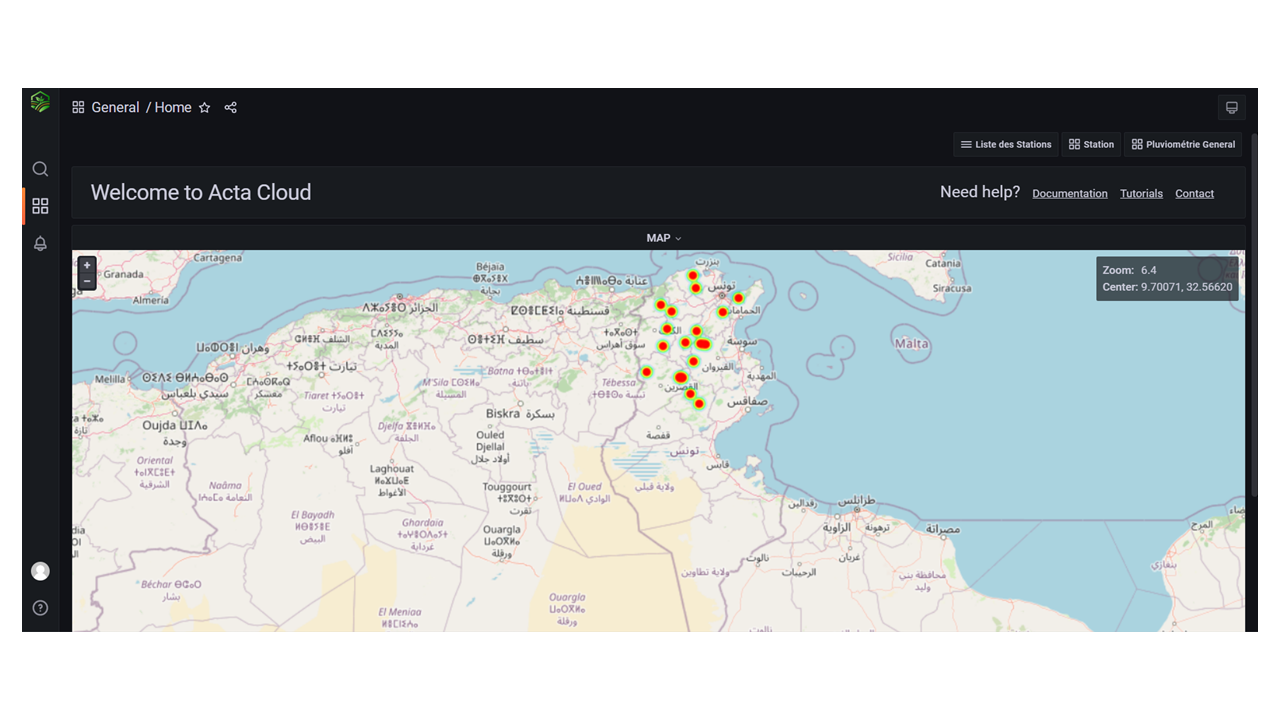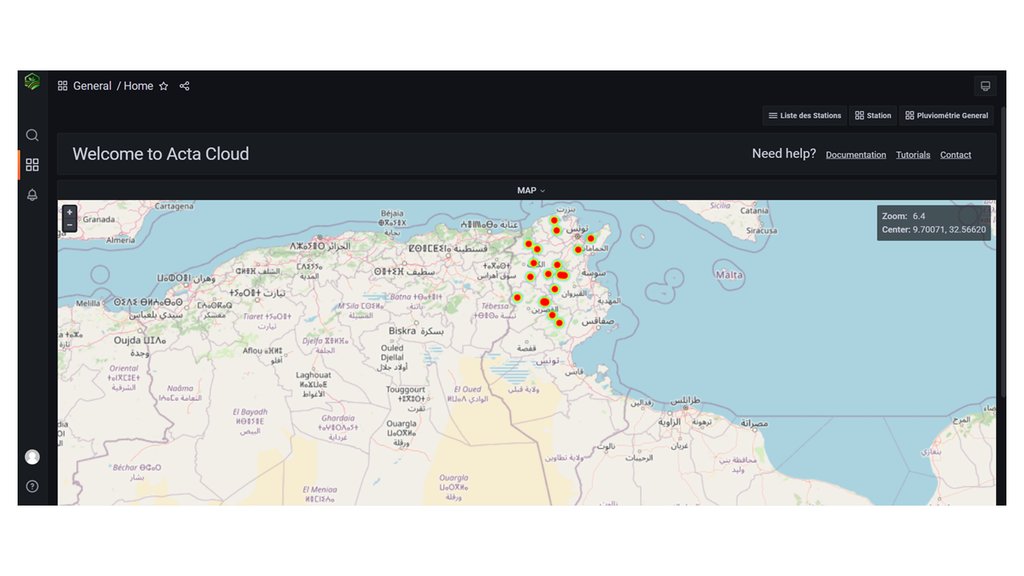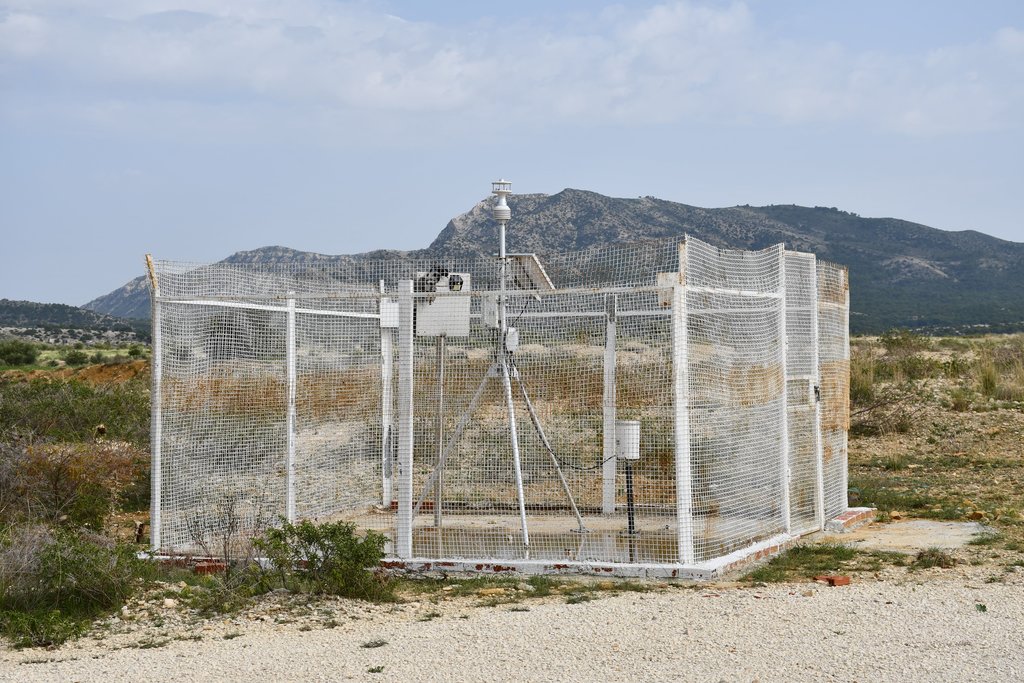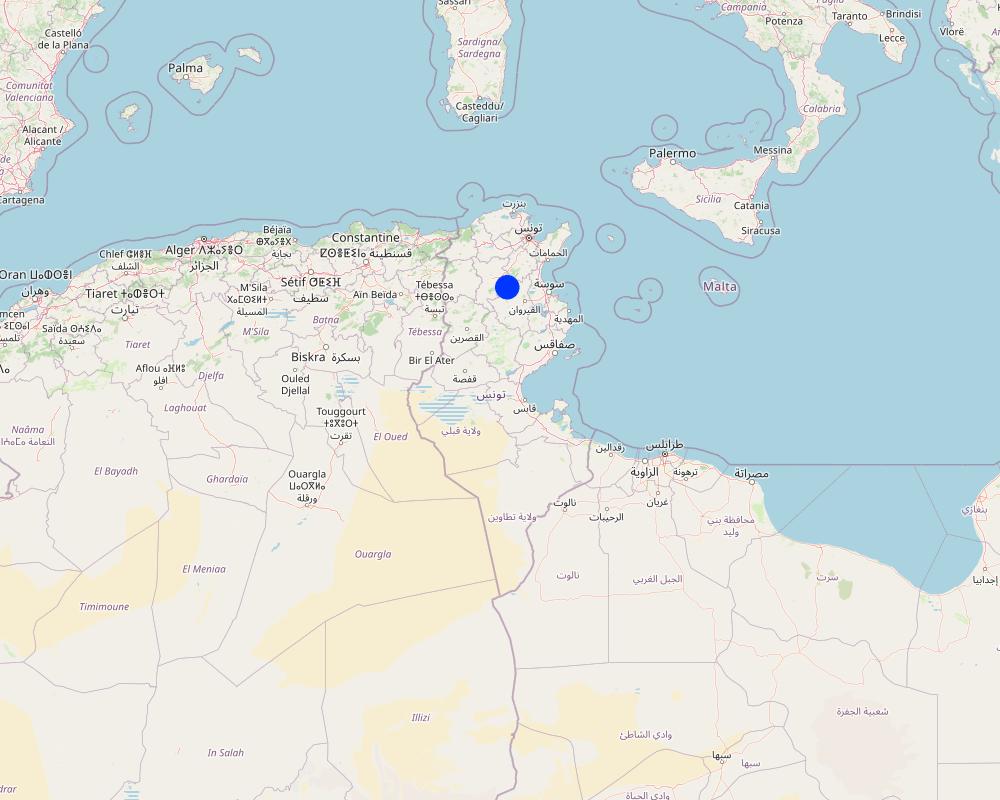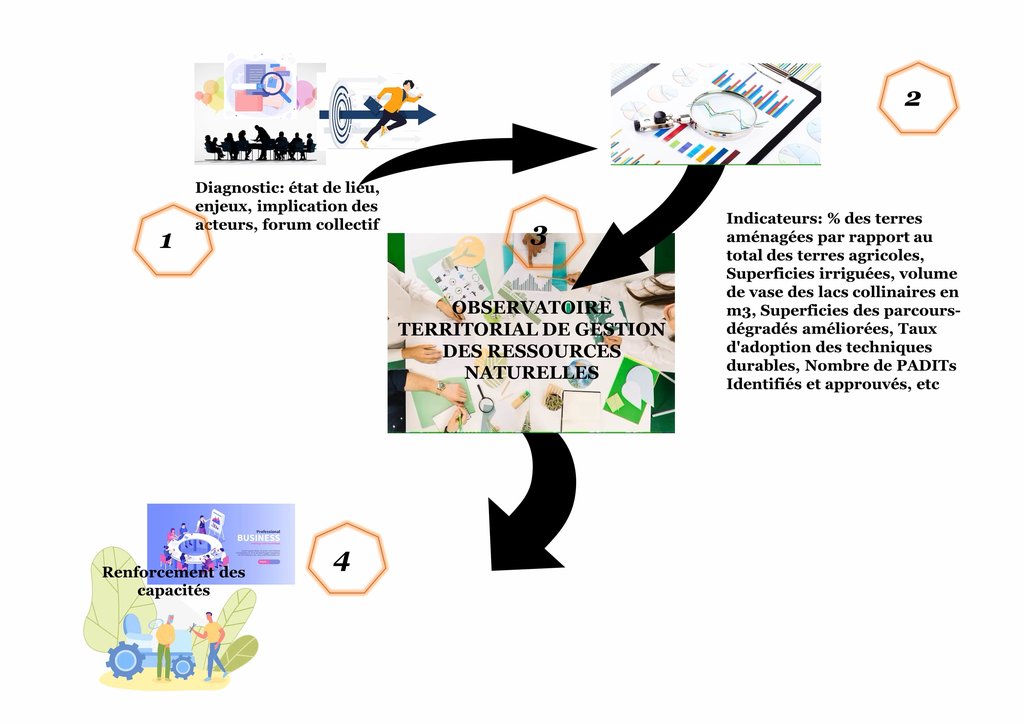Territorial Natural Resource Management Observatory [Tunisia]
- Creation:
- Update:
- Compiler: Wafa Saidi
- Editors: Siagbé Golli, Faouzi Harrouchi, faouzi BATTI, Fatma Maaloul, Tabitha Nekesa, Ahmadou Gaye
- Reviewers: William Critchley, Rima Mekdaschi Studer
approaches_6642 - Tunisia
1. General information
2. Description of the SLM Approach
3. Participation and roles of stakeholders involved
4. Technical support, capacity building, and knowledge management
5. Financing and external material support
6. Impact analysis and concluding statements
7. References and links
Links and modules
Collapse allLinks
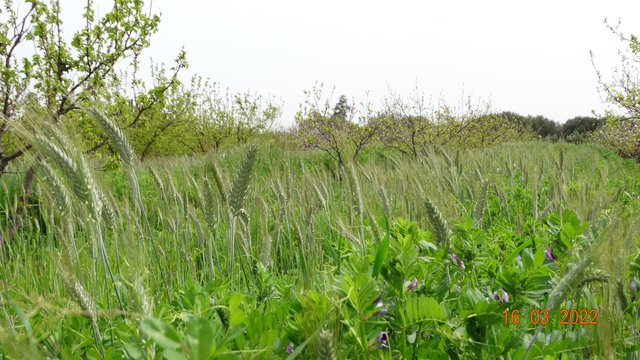
Méteils: Association de céréales et légumineuses [Tunisia]
Le méteil est une association de céréales et légumineuses avec des proportions précises, utilisé pour l'alimentation de bétail et la réhabilitation du sol.
- Compiler: Wafa Saidi
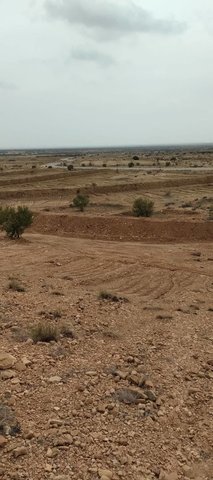
Consolidation biologique des banquettes mécaniques par la plantation … [Tunisia]
La consolidation biologique des banquettes est une technique culturale qui consiste à la plantation des banquettes par les espèces arboricoles, pastorales, ou fourragères. Cette opération permet d’accroître l’efficacité et la durabilité de ces ouvrages.
- Compiler: Wafa Saidi
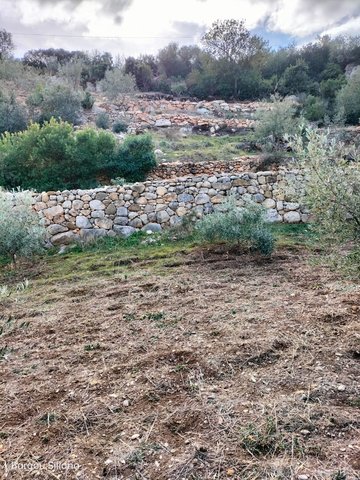
Murettes en pierres sèches [Tunisia]
Les murettes en pierres sèches sont des ouvrages d'aménagement en dur basés sur l'agencement des pierres à fin de construire des petits murs (sans ciment ni enduit) soit selon les courbes de niveau soit sur l'horizontale perpendiculairement à la pente.
- Compiler: Wafa Saidi
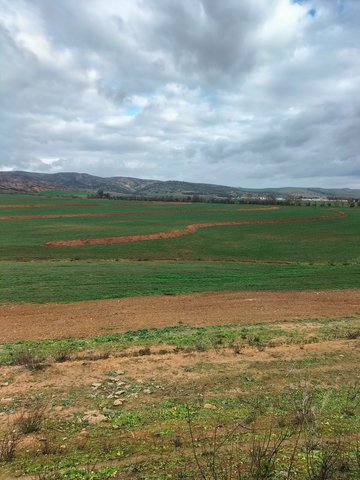
Banquette mécanique à rétention totale [Tunisia]
Les banquettes mécaniques de rétention totale sont des levées en terres établies en courbes de niveau permettant de favoriser l'infiltration pour accroitre la fertilité du sol et limiter l'érosion hydrique en réduisant la longueur de la pente.
- Compiler: Wafa Saidi

Labour en courbe de niveau [Tunisia]
Le labour en courbe de niveau est une technique culturale qui consiste à labourer les terrains en pente suivant la direction des courbes de niveau pour réaliser une série de billons proches.
- Compiler: Wafa Saidi
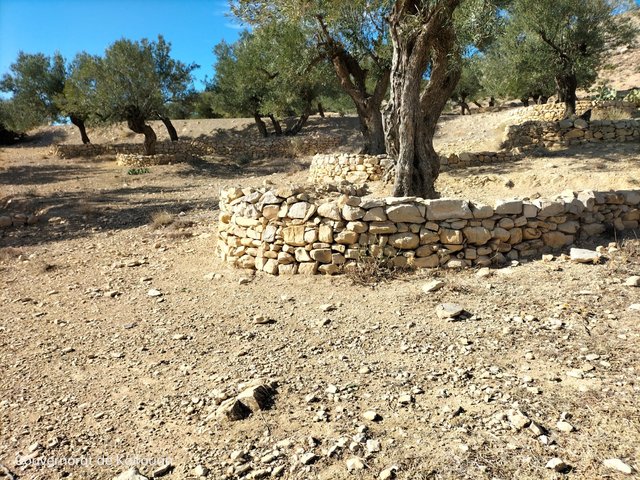
Cuvettes individuelles en pierres sèches [Tunisia]
Les cuvettes individuelles en pierres sèches correspondent à une technique traditionnelle de collecte des eaux de ruissellement.
- Compiler: Wafa Saidi

Jessour [Tunisia]
Jessour is an ancient runoff water harvesting technique widely practiced in the arid highlands
- Compiler: Mongi Ben Zaied
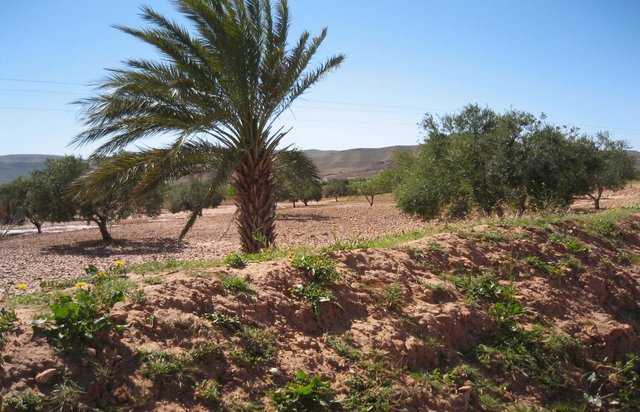
Tabia [Tunisia]
The tabia earthen dyke is a water harvesting technique used in the foothill and piedmont areas.
- Compiler: Mongi Ben Zaied
Modules
No modules


